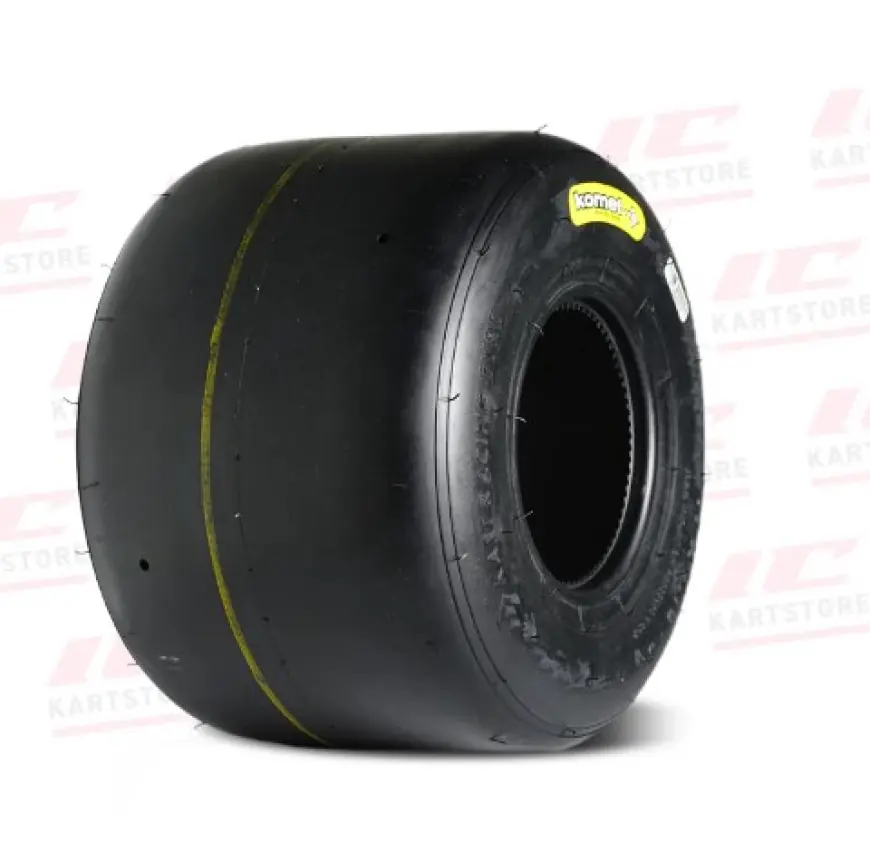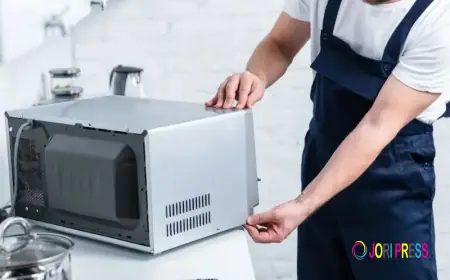Kart Tyres Maintenance Tips To Boost Durability And Speed
These compact, high-grip tires are not just passive elements; they directly affect speed, handling, and safety.

In the world of competitive karting, performance is a game of millimetres and milliseconds. One of the most overlooked yet crucial components in maximising your kart’s performance lies where the rubber meets the road—your kart racing tyres. These compact, high-grip tires are not just passive elements; they directly affect speed, handling, and safety. Whether you're a weekend hobbyist or a seasoned driver in competitive leagues, maintaining your tyres properly is key to extending their life and extracting the most speed from your setup.
In this blog, we’ll explore expert strategies for maintaining kart tyres, ensuring they not only last longer but also give you a competitive edge on the track.
Why Kart Tyre Maintenance Matters
Unlike everyday vehicle tires, kart tyres are engineered for specific racing conditions. They’re designed to heat up quickly and offer superior traction over short, intense bursts of racing. However, this makes them more prone to wear and degradation. Poor maintenance not only shortens the lifespan of the tyres but also affects your kart’s responsiveness and top speed.
By implementing regular maintenance routines, you can:
-
Improve lap times by maintaining optimal grip
-
Extend the usable life of each set
-
Reduce costs by minimising premature replacements
-
Ensure consistent performance across different track surfaces
1. Pre-Race Inspection
Before every race, a thorough inspection of your tyres is a non-negotiable step. Look for visible damage, such as cuts, embedded debris, or unusual wear patterns. These could indicate alignment issues or under-inflation.
Ensure the tyre pressure matches the track condition and temperature. Cold weather requires slightly higher pressure to compensate for reduced expansion, while hot days may demand lower initial pressure. Getting this right enhances handling and preserves tyre integrity over the session.
2. The Importance of Tyre Pressure
Tyre pressure plays a critical role in kart performance. Over-inflated tyres reduce the contact patch, leading to less grip, while under-inflated tyres can cause overheating and premature degradation. Use a quality gauge to measure pressure before and after a run, and always adjust for temperature changes.
For racing karts, where high speeds and sharp cornering are involved, even minor pressure differences can drastically affect performance. Many professional drivers tweak pressure to match specific track layouts or weather conditions—something hobbyists can also experiment with to improve performance.
3. Heat Cycling for Durability
One method used by experienced karters to extend tyre life is heat cycling. This process involves warming the tyres up during a light run and then letting them cool for at least 24 hours before a full race. This helps harden the rubber slightly, making it more resistant to quick wear while maintaining decent grip.
It’s a delicate balance: too many heat cycles can reduce grip, but doing it once or twice can significantly boost durability without compromising traction. For karters operating on a budget, this is a practical way to maximise each set’s lifespan.
4. Proper Tyre Storage
How you store your kart tyres between races is just as important as how you use them. Exposure to direct sunlight, temperature extremes, or moisture can degrade the rubber compound, leading to cracking or hardening.
Here’s how to store your tyres effectively:
-
Keep them in a cool, dry place away from UV rays
-
Store them vertically on racks or horizontally if stacked (but rotate the stack periodically)
-
Use tyre bags or covers to prevent dust and ozone exposure
Tyres stored well off-season can retain their performance for future races, saving you money and ensuring consistent results.
5. Rotation and Flipping
Uneven tyre wear is common in karting, especially on tracks with predominantly right or left turns. To counteract this, rotate your tyres periodically. If your tyres are directional, make sure they are flipped correctly to maintain proper tread direction.
For racing karts, flipping the tyres on the rim (where rules allow) is a common practice to even out wear and prolong the life of each set. However, always ensure the tyre is remounted correctly and rebalanced if necessary.
6. Cleaning and Debris Removal
After every session, clean your tyres thoroughly to remove rubber marbles, oil, or other debris picked up from the track. A stiff brush and mild detergent can work wonders. Avoid harsh chemicals that may degrade the rubber compound.
In addition to cleaning, inspect for any embedded stones or sharp objects. Removing them promptly can prevent deeper damage during the next run.
7. Monitoring Tread Depth and Compound Aging
Unlike street tires, most kart tyres have minimal or no tread, making it more challenging to judge wear. Monitor the surface texture and feel of the rubber. A slick, shiny surface indicates aging and reduced grip, even if the tyre looks intact.
High-performance racing karts often require soft compound tyres for maximum grip, but these wear faster. Knowing when the compound has “gone off” is crucial. If you feel your kart sliding more or see a significant lap time drop with no other explanation, it may be time to replace the tyres—even if they appear usable.
Final Thoughts
In the high-stakes world of karting, every detail matters—and your kart tyres are one of the most impactful components in your performance toolkit. From daily maintenance and storage to pressure management and heat cycling, smart tyre care can be the difference between winning and falling behind.
What's Your Reaction?
 Like
0
Like
0
 Dislike
0
Dislike
0
 Love
0
Love
0
 Funny
0
Funny
0
 Angry
0
Angry
0
 Sad
0
Sad
0
 Wow
0
Wow
0

















































